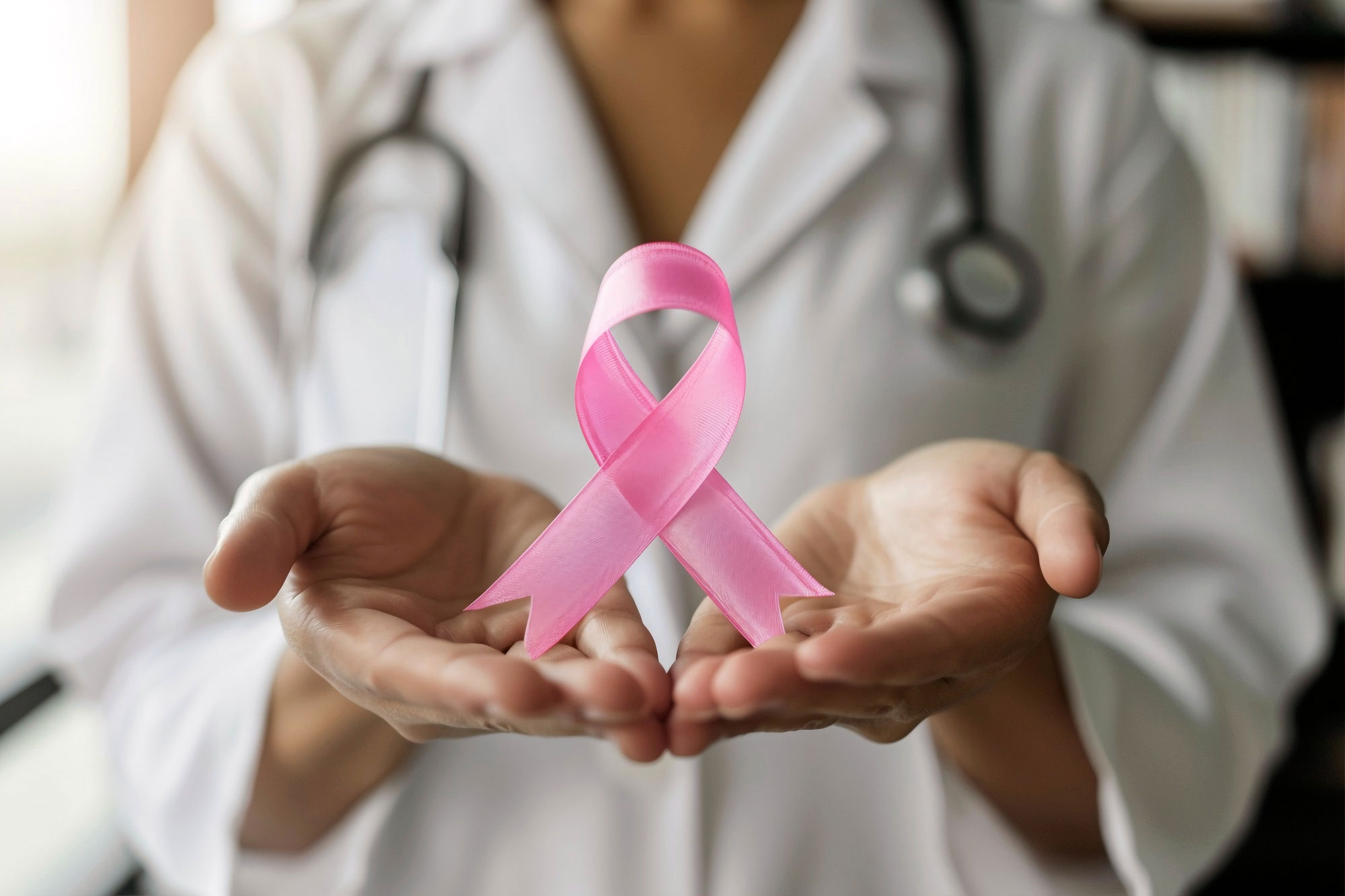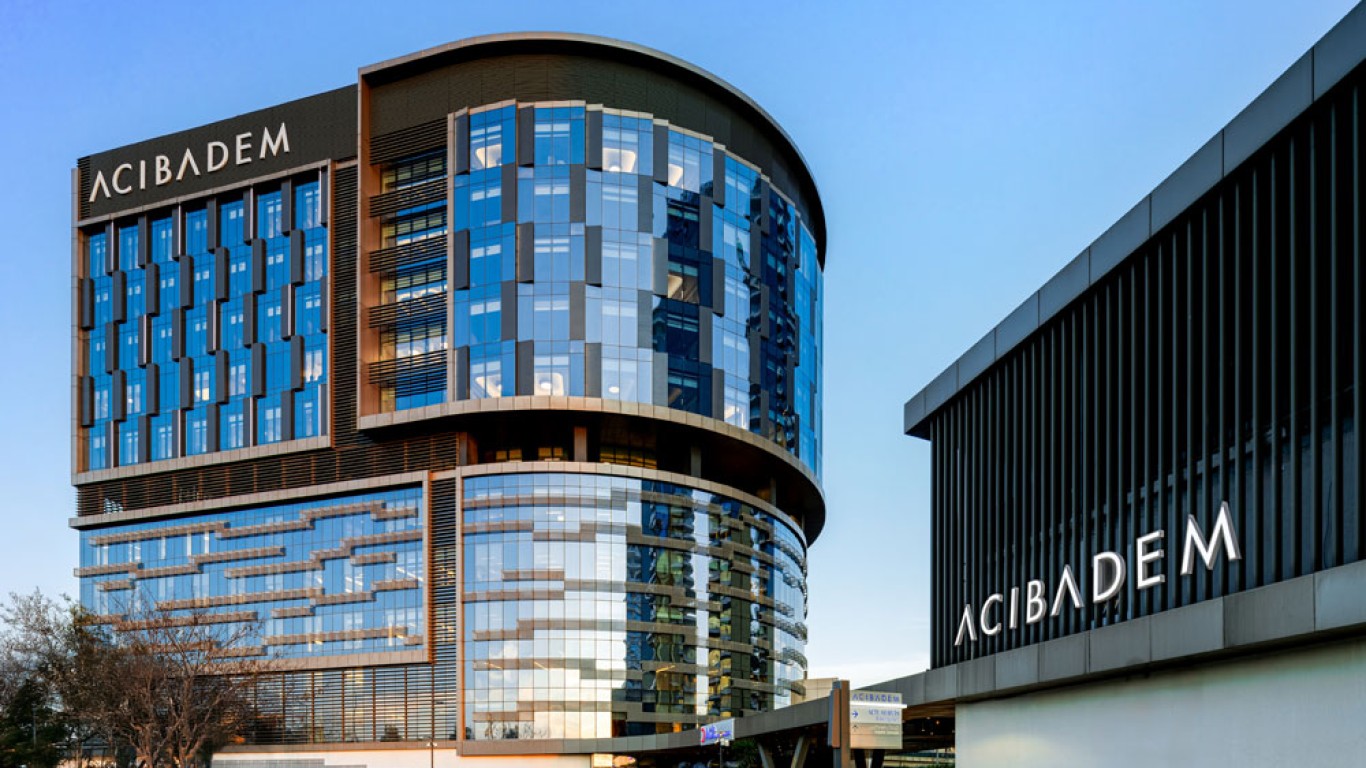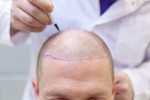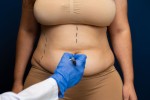Double breast reconstruction after mastectomy helps restore the breast shape and confidence of many patients. It is often a deeply personal journey following breast cancer treatment.
If both breasts are removed during mastectomy, reconstruction can rebuild volume, contour and balance. Importantly, the procedure does not affect cancer outcomes, but it can improve emotional well-being.
Understanding the steps involved in double breast reconstruction after mastectomy helps patients make informed choices. This article outlines the stages, techniques and what to expect during recovery.
Double Breast Reconstruction After Mastectomy: Initial Consultation and Planning
The first step is a consultation with a plastic surgeon who specialises in double breast reconstruction after mastectomy. During this visit, your surgeon will discuss your medical history, treatment goals and expected outcomes. Additionally, they will explain different reconstruction techniques available for your specific needs. Photos and imaging may be taken to assist planning. The timing of surgery is also considered.
Reconstruction can be done at the same time as the mastectomy (immediate). It can also be done at a later stage (delayed). This depends on cancer treatment, such as chemotherapy or radiotherapy.
If delayed, further healing time is needed before starting reconstruction. Nonetheless, both approaches offer excellent outcomes when tailored to the patient.
Double Breast Reconstruction After Mastectomy: Choosing the Right Reconstruction Method
There are two main types of double breast reconstruction after mastectomy. Implant-based and flap-based. Each has different steps and recovery considerations.
Implant-based reconstruction uses silicone or saline implants to rebuild breast shape. This often involves two stages:
Firstly, a temporary expander is placed under the chest muscle. This is gradually filled with saline to stretch the skin. Later, it’s replaced with a permanent implant. Conversely, flap reconstruction uses the patient’s own tissue from areas like the abdomen or back.
Popular flap methods include the DIEP flap, TRAM flap and latissimus dorsi flap. These procedures are more complex but often offer more natural results. Your body type, health, and cancer treatment plan all help determine the best option.
Double Breast Reconstruction After Mastectomy Stage One: Mastectomy and Immediate Reconstruction
Some might choose immediate double breast reconstruction after mastectomy. Both the mastectomy and initial reconstruction occur during one surgery. After breast tissue is removed, the surgeon either places tissue expanders. Or, they can begin a flap procedure.
For implants, expanders are positioned beneath the chest muscle. These create space over time for permanent implants. Alternatively, flap tissue is shaped and positioned to resemble natural breasts. Blood vessels are reconnected under a microscope, a technique known as microsurgery. Recovery from this combined procedure takes longer. However, it can reduce the emotional impact of breast loss.
Patients leave surgery with a new breast shape already formed, which is reassuring for many.

Double Breast Reconstruction After Mastectomy Stage Two: Tissue Expansion and Implant Exchange
If using implants, the expansion process begins a few weeks after surgery. Saline is gradually added to the expander over multiple appointments. This stretches the skin and chest muscle.
This phase can take several weeks or months, depending on the patient’s goals. Once the desired size is reached, a second surgery replaces the expander. A permanent implant is the replacement.
Although additional, this stage is usually shorter and less complex than the first operation. Meanwhile, patients opting for flap-based methods typically do not need this stage. Their tissue is already formed into a lasting shape.
Double Breast Reconstruction After Mastectomy Stage Three: Nipple and Areola Reconstruction
Nipple and areola reconstruction is an optional but common part of double breast reconstruction. It usually happens several months after the main procedure, allowing the new breasts to settle.
Techniques include using small flaps of skin to form a nipple. Later, medical tattooing adds colour to simulate an areola. Some patients choose 3D tattooing only, without physical reconstruction.
Although minor, this step often completes the aesthetic result and supports emotional closure.
Conclusion
Double breast reconstruction after mastectomy is a multi-stage process. It combines surgical expertise with patient-centred care. From initial consultation to final results, each step is tailored to restore shape. Balance and emotional well-being is improved as a result. Whether using implants or natural tissue, the process supports recovery after breast cancer. Ultimately, the aim is to rebuild not only the body but also confidence and self-image.
For more information and to book a consultation visit the ACIBADEM Beauty Center webpage.
Frequently Asked Questions
It depends on the method, but full reconstruction may take 6–12 months from start to finish.
Yes, immediate reconstruction is possible. However, delayed reconstruction may be advised in some cases.
Each method has pros and cons. Your surgeon will recommend the best choice for your situation.
No, it does not interfere with cancer treatment or monitoring.
Yes, most women achieve natural-looking results, especially with tailored techniques and skilled surgeons.












